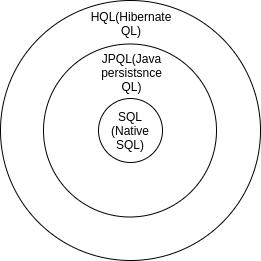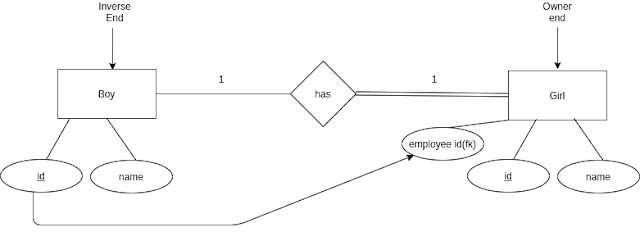Hibernate-4

6.Query languages Q-A)Why we need a query language in hibernate. for join quires. for update PK. JPQL queries can use in HQL,But HQL queries cant use JPQL. SQL queries cant use in JPQL & JPQL queries cant use in SQL. SQL include all DDL,DML quires. But JPQL & HQL include DML quires. JPQL include UPDATE,DELETE,SELECT quires. HQL include UPDATE,DELETE,SELECT,INSERT INTO... SELECT quires. NH Vs JPAH differences in session vs entity manager Should be considered:-(R):return type :-(Q):query language 1.Get data CreateQuery vs CreateQuery (R)Query/TypeQuery vs Query/TypeQuery (Q)JPQL/HQL vs JPQL(Cant use for the SQL) 2.List of data ...


